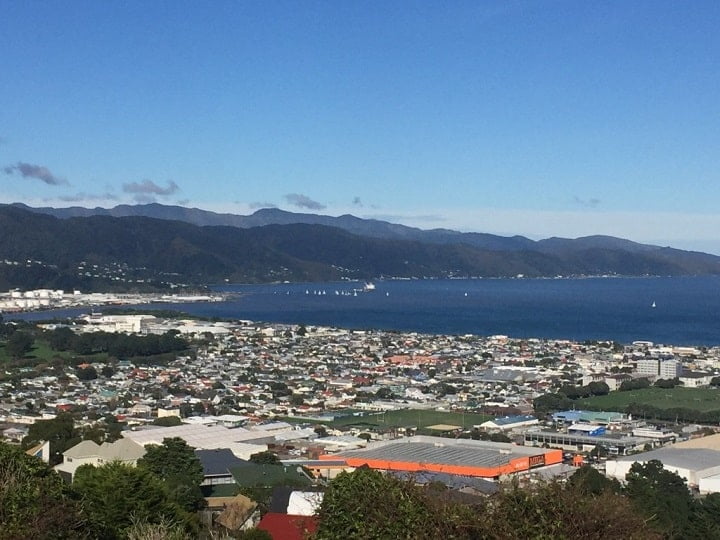The 7.8 magnitude earthquake that struck near the coast of Kaikōura on November 14, 2016 was one of the largest recorded in Aotearoa New Zealand history. The shake was felt throughout the country, impacting many communities with widespread disruption.
One of the major threats immediately after such an earthquake is potential for a tsunami. With a large amount of coastline, many Aotearoa New Zealand communities are vulnerable to tsunami, particularly a tsunami generated by a large earthquake just off-shore, because there may only be a few minutes to evacuate.
Researchers in the Resilience to Nature’s Challenges ‘Culture Toolbox’ are striving to better understand if at-risk communities know to evacuate immediately following a strong earthquake, when shaking makes it hard to stand up, or a long earthquake with shaking that lasts more than a minute. Following the Kaikōura earthquake, researchers surveyed residents in Eastbourne and Petone, Lower Hutt to find out how they responded to the tsunami threat.

Dr Denise Blake, lead researcher for the project, said their “results showed that many people were confused about how they should react to the quake, did not evacuate immediately, and often evacuated by car, causing congestion and slowing evacuation efforts”.
The survey was conducted three and a half weeks after the quake, and a total of 409 people from the coastally-located suburbs of Petone and Eastbourne were surveyed.
“Results showed that while 69% of respondents did evacuate, only 33% evacuated within the recommended ten-minute window” said Dr Blake. Others took anywhere from ten minutes to over three hours to leave their homes and seek safer ground (further inland or at higher elevations). The length of people’s response time is concerning because if the earthquake had been triggered by the nearby Hikurangi subduction zone a tsunami would have struck the Hutt Valley within minutes. Nine percent of respondents said they evacuated twice in a short space of time, indicating that some people were not sure whether evacuation was the right thing to do, or if there was a tsunami risk.
Another area of confusion was around whether residents needed to evacuate or not. “Only 11% of respondents evacuated their homes because of feeling the quake, despite 70% of people recognising that it was strong or severe” said Dr Blake. The Ministry of Civil Defence & Emergency Management have since launched a nationwide tsunami campaign instructing people that if the quake is ‘Long or strong, get gone’. Tsunami evacuation zone maps for the Wellington region have also been made available on WREMO, Wellington City Council and GNS Science websites.
The study also highlighted that traffic congestion in an evacuation is an issue in the Hutt Valley area. Tsunami evacuation advice recommends that people evacuate by foot or bicycle to prevent congestion, but respondents preferred to travel by car, with 64% of people using vehicles to evacuate. This caused traffic to build in the evacuation zone, stopping people from being able to reach safe ground quickly. The number of people evacuating by car was likely increased by the flat nature of the Petone area meaning that some people had to travel up to four kilometres to reach the tsunami safety zone.
In this instance we were fortunate that the tsunami generated by the Kaikōura Earthquake was only damaging to a single bay in Banks Peninsula and not large parts of coastal Aotearoa New Zealand due the majority of the surface displacement occurring onshore. This survey highlights some areas where better education around tsunami and earthquakes is required to improve the reaction and evacuation behaviours of coastal Aotearoa New Zealand residents.
In the event of an earthquake that is longer than a minute, or hard to stand up during, immediately evacuate to high ground, without waiting for anything (Long, Strong, Gone!). If you are unsure whether you need to leave the coast, or where you need to go, check out your local Civil Defence pages and your local tsunami evacuation zones. Every minute and every metre counts. Making an evacuation plan, participating in your local tsunami hikoi in the Shake Out exercise on October 18th, and talking to friends and family about being ready to get ‘Long, Strong, Gone’ without delay, are all critical to helping yourself and your Aotearoa New Zealand whānau or family keep safe in the next tsunami.
The study is available online here.
